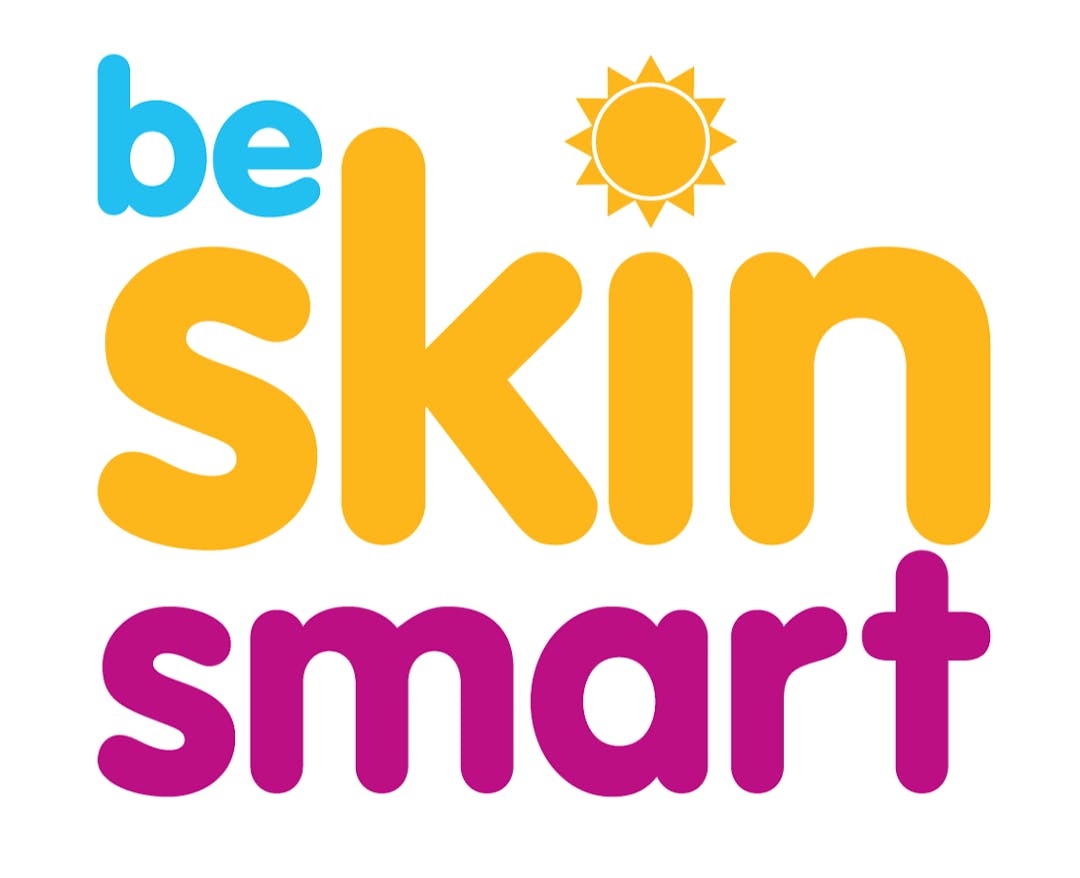Be skin smart

Did you know that up to 90 per cent of skin cancers are preventable by adopting simple sun-safe strategies.
Skin cancer is also one of the only cancers we can physically see developing in its early stages and if detected, diagnosed and treated early enough, almost all cases are curable.
NHS Kent and Medway Cancer Alliance's Be Skin Smart campaign was created so everyone can learn about:
- the risks associated with UV exposure
- how to prevent skin cancer
- how to spot the early signs and symptoms.
Postcards, posters and mole tracking diaries
We have developed a range of materials including:
- Posters
- Postcards
- a debit-card size foldout information card with a mole tracking diary, complete with handy ruler to measure your moles.
If you are holding an event or have a venue where you can display posters and give out postcards and wallet-sized information leaflets, please get in touch by emailing us at england.kmcanceralliance@nhs.net, putting 'Be skin smart request' in subject header.
Join the #beskinsmart campaign on social media
You can join our Kent and Medway #beskinsmart campaign by looking out for our posts and sharing them on social media. It will run from May, which is Skin Cancer Awareness month, throughout the summer to 31 August
Summer Be Skin Smart roadshows
Summer roadshows saw NHS Kent and Medway Cancer Alliance team hit the beach and outdoor events in 2022 and 2023. See the news feed below to find out more.
There are currently no dates for roadshows in 2024.
Stay sun safe

No matter the colour of your skin, staying safe in the sun reduces your chances of suffering from skin cancer.
There are some simple steps you can follow to be skin smart:
- Avoid being in the sun from 11am to 3pm, the hottest part of the day.
- Make sure you apply sun cream regularly and try never to get sunburn.
- Your sun cream should have an SPF of at least factor 30, and a minimum of a four-star rating.
- Wear a hat and stay covered up with suitable clothes and sunglasses.
Find out how to stay safe in the sun at nhs.uk/sun
Check your skin
Make sure you regularly check your skin for new moles, or changes to existing ones. Know your ABCDEs when it comes to checking.
If you notice anything unusual, always contact your GP straight away.
- A – Asymmetry: Both halves don’t look the same.
- B – Border: The mole has blurred or jagged edges.
- C – Colour: The mole has more than one colour.
- D – Diameter: Grows larger than 6mm.
- E – Evolution: Changes size, shape or colour.





